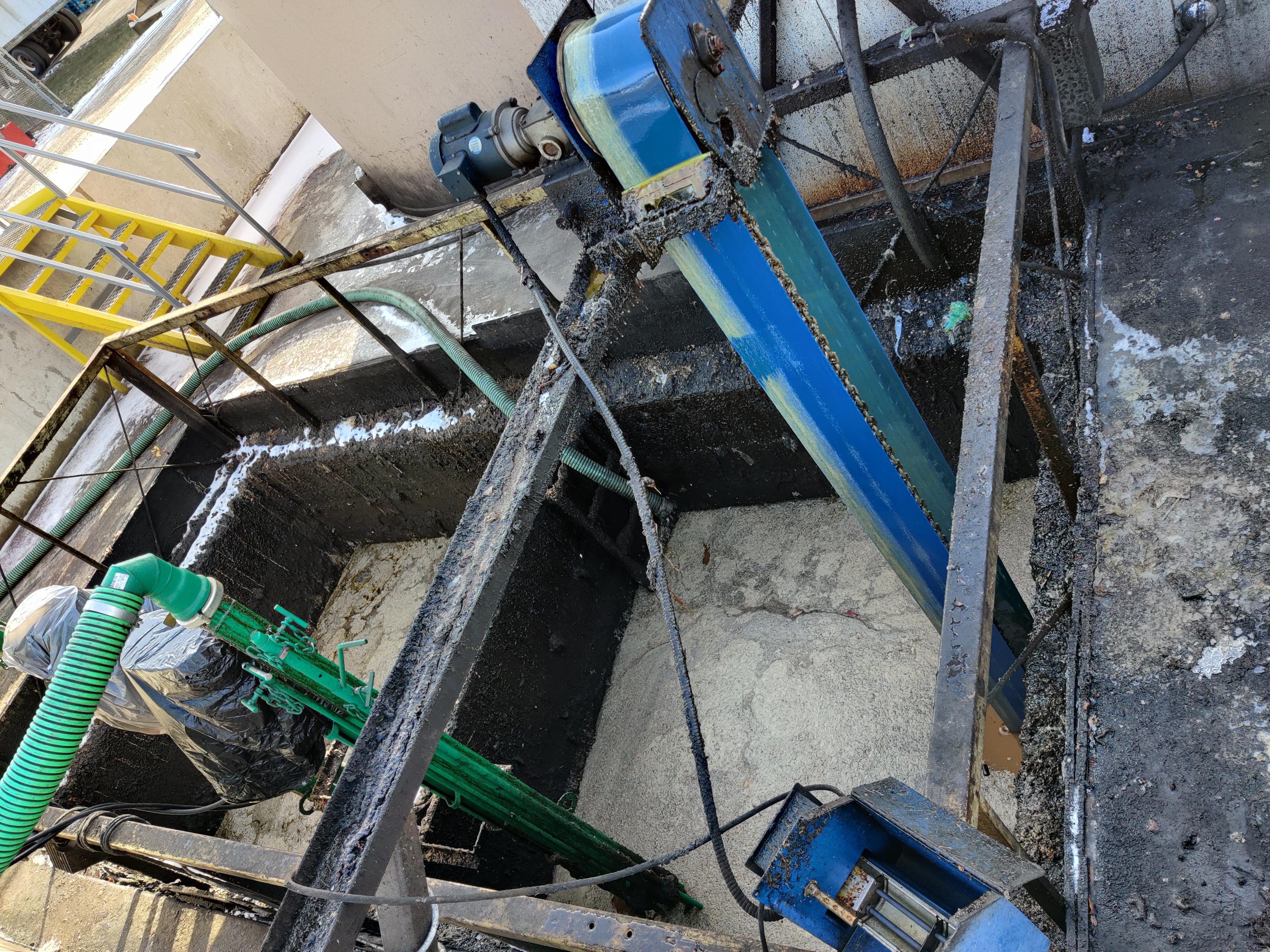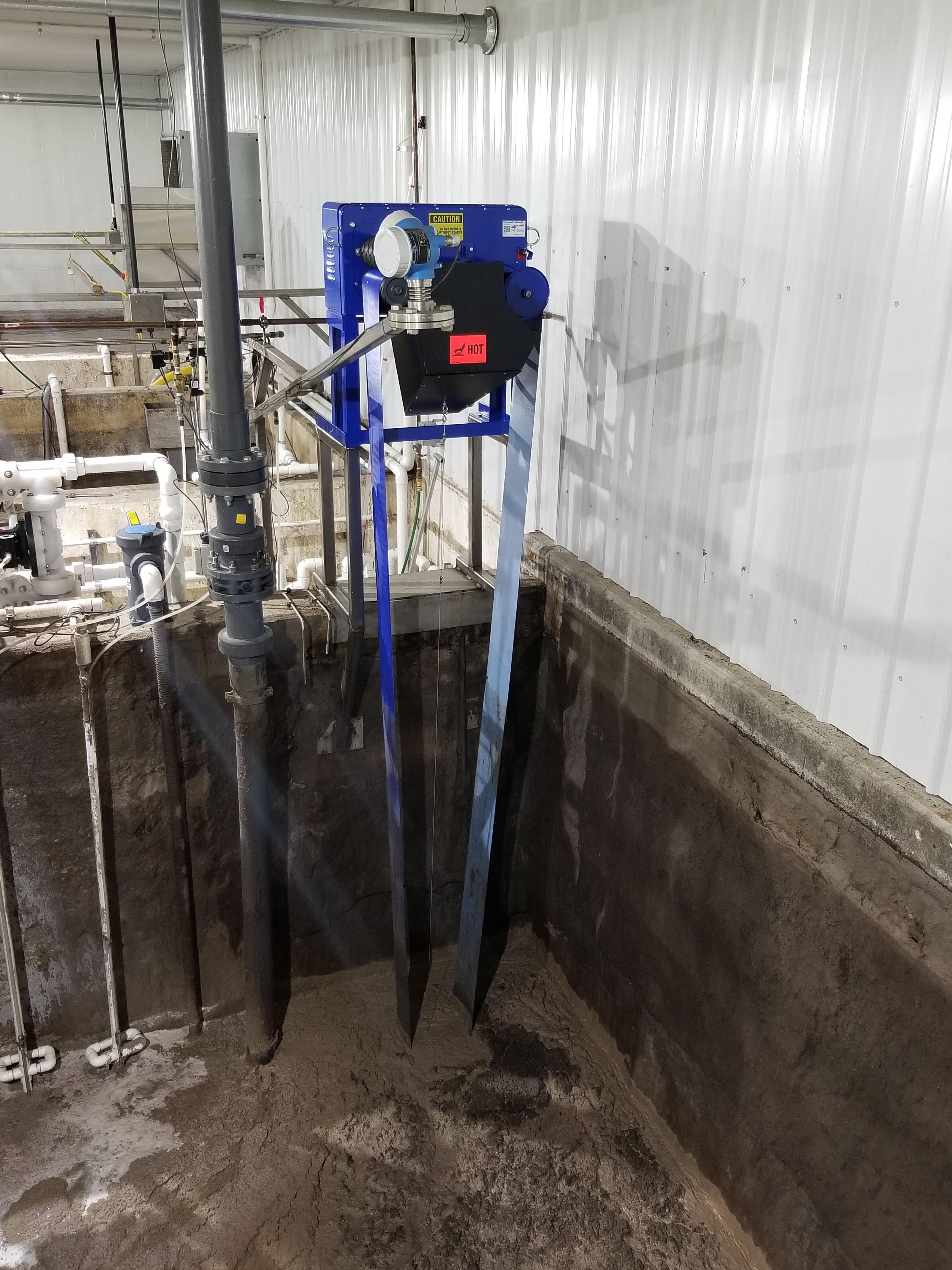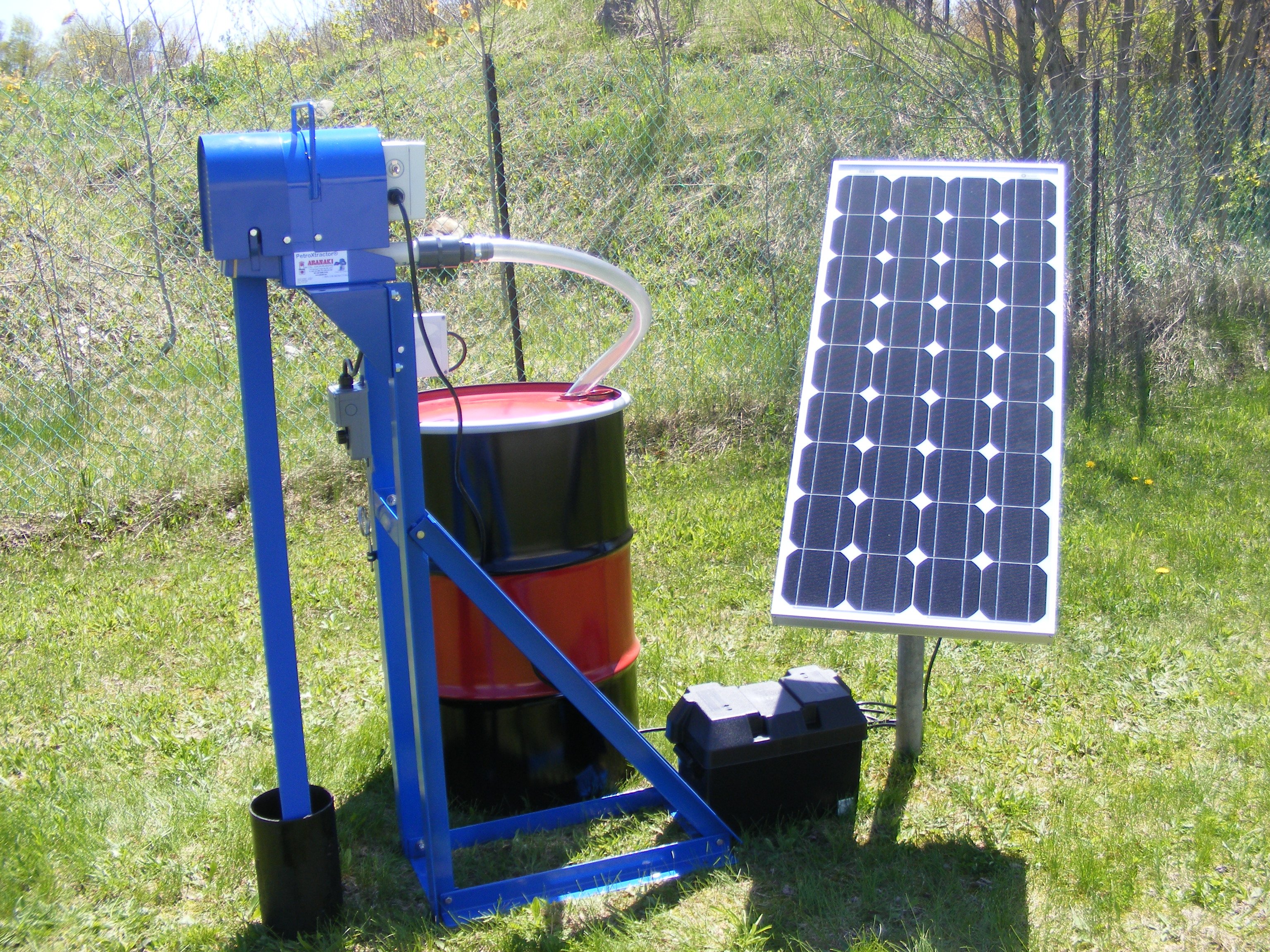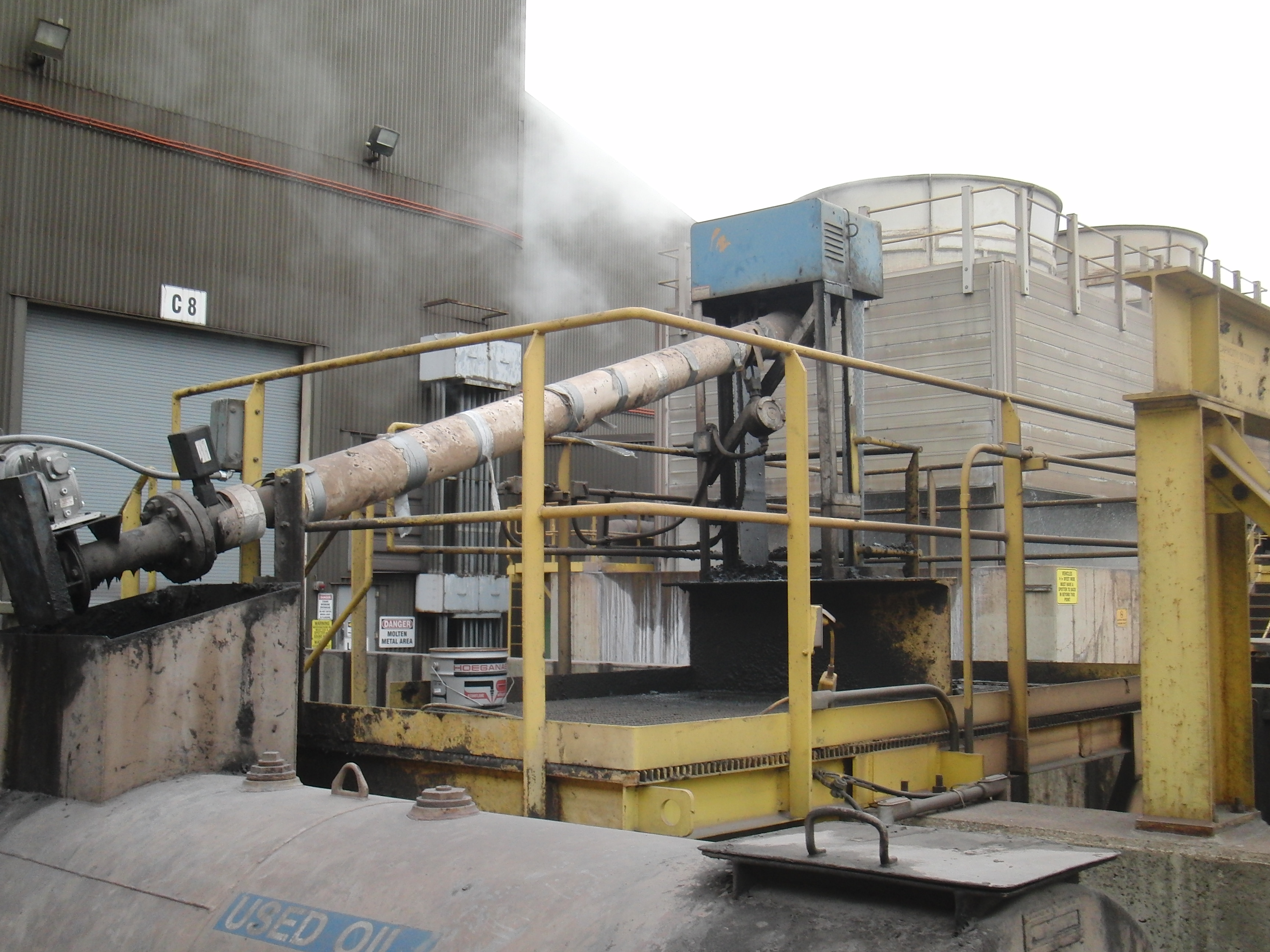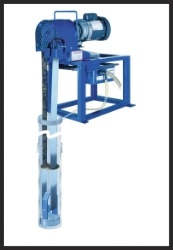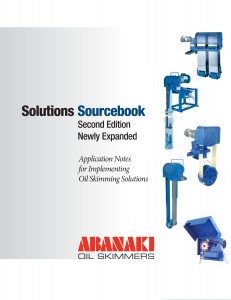When it comes to selecting the right belt for oil skimming applications, a one-size-fits-all approach doesn’t work. The performance and longevity of your equipment depend on carefully evaluating your specific needs and operating conditions. Below, we address three essential questions to help you determine the best belt for your application.
Check out our Oil Skimming Guide to learn more.
1. What Kind of Oil Are You Trying to Skim?
The type of oil you’re dealing with significantly impacts the choice of your belt material. Different oils—such as tramp oil, fuel oil, or gear oil—have varying viscosities and characteristics that influence the belt’s effectiveness.
- Tramp Oil: This lightweight oil often floats on water and is best addressed with belts that have high water-shedding properties.
- Fuel Oil: A belt that resists chemical absorption and handles low-viscosity fluids effectively is key for this application.
- Gear Oil: Heavier, more viscous oils require a durable and robust belt with strong adhesion properties.
Choosing the right material ensures that your skimming process is efficient and minimizes downtime. Using a belt tailored to the specific oil type also prevents unnecessary wear and tear, extending the lifespan of your equipment.
2. Are There Any Cleaners or Chemicals Involved?
The pH levels and chemical composition of your solution are critical factors to consider. If cleaners or harsh chemicals are present in the tank or pit, you’ll need to invest in belts and units designed to withstand these conditions.
- Stainless Steel Units: Ideal for environments where chemical resistance is paramount. Stainless steel prevents corrosion and maintains the integrity of the equipment over time.
- Special Poly Belts: If your operation involves mild chemicals or moderate pH variations, poly belts engineered for durability can provide a cost-effective solution.
Understanding the chemical profile of your environment helps you choose a belt that will perform reliably without premature wear or damage. Neglecting this factor can lead to frequent equipment failures, increasing maintenance costs and reducing overall productivity.
3. What Is the Temperature of the Water or Solution?
Temperature can have a significant impact on belt performance and longevity. High temperatures can cause certain materials to warp or degrade, while low temperatures may affect the belt's flexibility.
- High-Temperature Environments: Consider belts made from materials designed to resist heat without losing their structural integrity.
- Low-Temperature Conditions: Opt for belts with flexibility and elasticity to maintain smooth operation.
Knowing the temperature range of your application helps ensure your belt functions consistently under varying conditions. Temperature extremes can compromise the material properties of the belt, leading to inefficiencies or breakdowns during operation.
Additional Considerations for Belt Selection
There is a great deal of variance in applications where belt skimmers are present. Figuring out the best belt material for your skimmer will depend on several factors. While belts generally pick up oil in the same fashion, the big difference lies in selecting a material that offers the longest operating life.
The two primary factors that influence your belt choice are the combination of temperature and pH levels. These factors typically dictate whether you should use a steel, elastomer, or polymer belt:
- Steel Belts: While durable, steel belts are not ideal when rust inhibitors are present in your application, as these can coat the belt and reduce the pick-up rate.
- Elastomer and Polymer Belts: These options are often better suited for environments with specific pH levels or chemical exposure, providing durability and effectiveness in such conditions.
When in doubt, it is best to consult with a representative and provide details about your application to determine the most suitable material for your belt skimmer.
Other Factors to Consider
While the three questions above provide a strong starting point, there are additional factors to keep in mind when choosing a belt for your oil skimming system:
- Belt Width and Length: Ensure the belt dimensions are compatible with your skimmer to optimize efficiency.
- Installation and Maintenance: Some belt materials may require specific handling or periodic checks to ensure optimal performance.
- Environmental Considerations: If your operation is outdoors or in a particularly harsh environment, ensure the belt is designed to handle exposure to UV rays, rain, or other environmental factors.
Expert Advise
Answering these questions provides a solid foundation for determining the best belt for your oil skimming needs. By understanding the type of oil you’re skimming, the chemical environment, and the temperature conditions, you can select a belt that maximizes efficiency, durability, and cost-effectiveness.
When rust inhibitors are present, avoid steel belts to maintain optimal pick-up rates. Consulting with a professional can help tailor your equipment to your specific application, ensuring your skimming system operates at peak performance.
To learn more about oil skimmers, please contact our experts at 440-543-7400 or visit our website: www.abanaki.com
You are just one step away from downloading Abanaki's most detailed resource on our oil skimming equipment. Simply click at the button to get your ultimate guide now.




